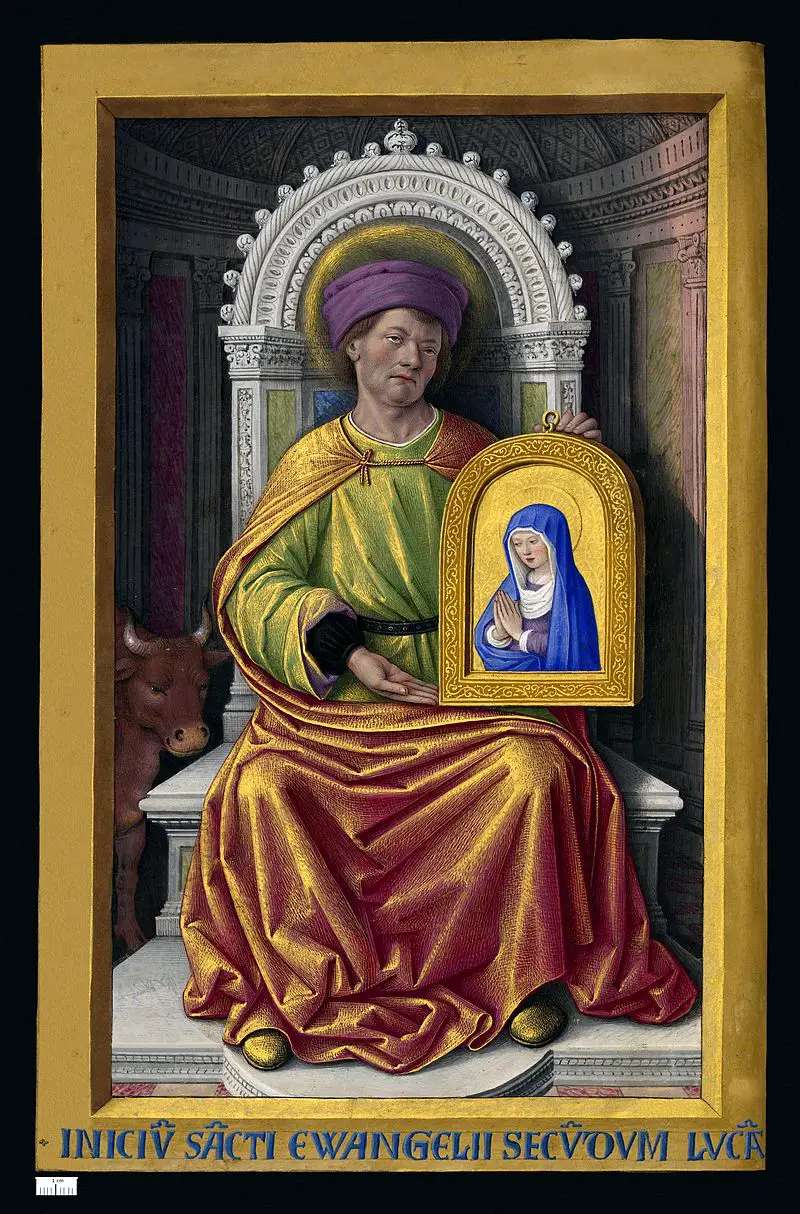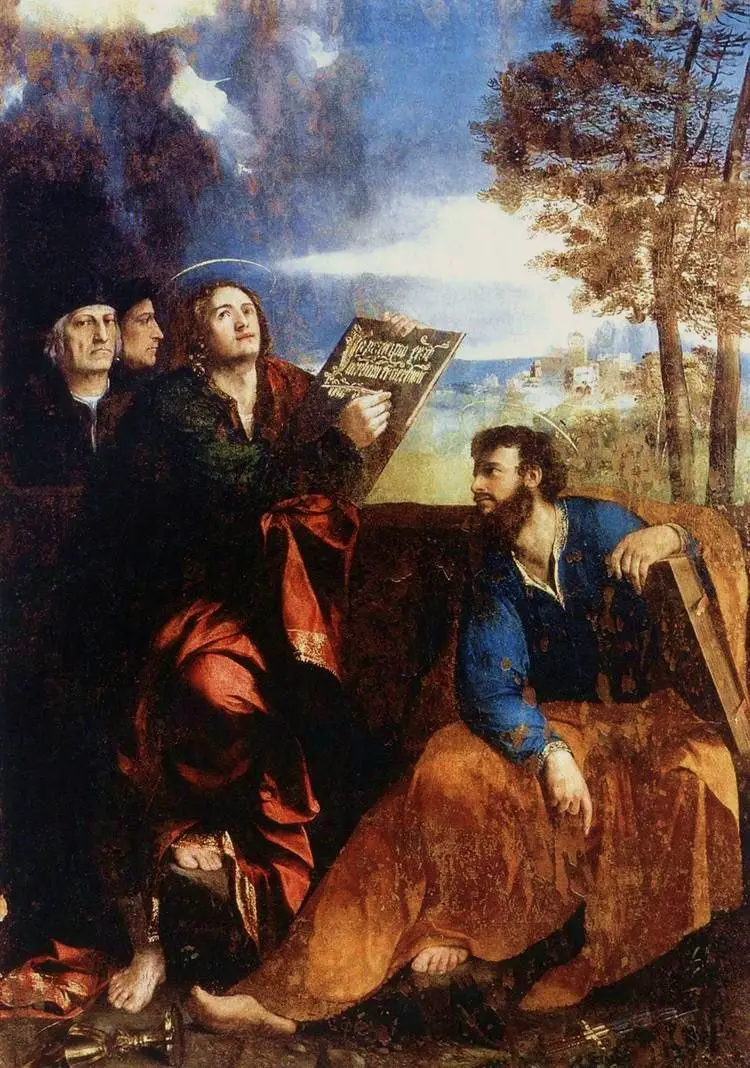Harvest Home
The festival of 'harvest home' or 'ingathering' was, and still is, celebrated when the harvest was safely done. It was a thanksgiving for God's help with the harvest and for the crop. It was essential to get the wheat and barley in before the autumn rains and cooler weather, otherwise the community could face starvation – wheat was needed for bread and barley was needed for ale. Professor Ronald Hutton explained the importance of the harvest in the TV series “Tudor Monastery Farm”. He explained that Bloody Flux, a disease common in the Tudor period, was actually caused by malnutrition because when the body was completely famished it suffered an intestinal haemorrhage. Famine was what happened when there was a bad harvest so people celebrated a good harvest and gave thanks for their farming success.
Harvesting was hard work so those involved had every right to celebrate when it was done. There would be much merriment and singing, and probably feasting and drinking too! One tradition associated with Harvest Home was the picking of a maiden as the Harvest Queen who would be carried on top of the barley cart. The merriment might also involved games. One traditional harvest game involved the men carrying barley sheaves and trying to get into the barn which was guarded by the women holding buckets of water to pour all over them.
Another tradition associated with Harvest Home, which is an old Celtic tradition, was for the last wheat sheaf of the harvest to be made into a corn dolly, known as a cailleach. According to pagan beliefs, harvesting a crop left the spirit of the crop, or the goddess of fertility, homeless and so this cailleach gave the spirit a home for the winter. The cailleach might then be ploughed into the first farrow in the following spring. Another idea is that the cailleach was drenched with water to use as a rain charm in the spring. Other traditions included burning last year's doll when a new one was made, burying the cailleach well away from any crops if the harvest had been poor.
Harvest Home marked the end of the agricultural year.
29 September - Michaelmas
Michaelmas, or the Feast of St. Michael and All Angels, was celebrated on 29th September, and was the feast day of St Michael the Archangel and Protector of the Church. St Michael is referred to as “the archangel Michael” in the Book of Jude, which tells of him “disputing with the devil about the body of Moses”, and then the Book of Revelation tells of a war in heaven and depicts St Michael as leading God's armies against the dragon (Satan) and his angels, and defeating him.
The Feast of St Michael was officially the first day of the agricultural year but sometimes coincided with Harvest Home which, as I've said, marked the end of the agricultural year. Michaelmas was the time to prepare the fields for the next crop and it was also the time when accounts were done (now that the harvest was in and could be accounted for), annual rents were collected and bills were paid.
It was traditional to enjoy a feast of goose at this time of year. The geese had been fattened on the stubble land left over from the harvest and so were now perfect for slaughtering and cooking.




Leave a Reply